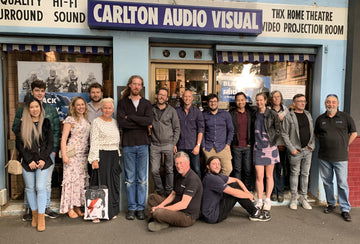I don't pretend to understand mathematics and harmonic analysis to the level required, however the mystery of how our brains perceive sound has been deepened of late and it appears that musicians ... yes all you chaps who stay up late in cloudy rooms making loud noises ... are capable of smashing through mathematical limits on sonic perception imposed by this famous algorithm.
A Fourier transform is a 200 year old area of mathematical research that has grown to encompass quantum mechanics and harmonic relationships and as a process splits a sound wave into its individual frequencies. It is the most common method used for digitising analogue music signals ... it had been postulated that the human brain made use of the same algorithm when filtering the multiplex layers of noise around us into individual sounds and voices.
According to the Fourier transform mathematics there is a trade off in the ability of anything to detect the determination of pitch and timing simultaneously, the Gabor limit states that one cannot accurately determine a sound's frequency and it's duration at the same time rather like the uncertainty principle in quantum mechanics.
Jacob Oppenheim and Marcelo Magnasco of Rockefeller University in New York had reasoned that peoples hearing should therefore obey the Gabor limit, however when they tested a group of a dozen musicians with changes in pitch and duration at the same time, they found that they were easily able to beat Gabor's limit by a massive factor.
Apparently there are other as yet undetermined factors in the human condition that enable us to perceive sound beyond physically measurable limits.
So that's how all you fellows can tell the differences between cables and such then ...
Physical Review Letters 23rd August 2013
Opinions





